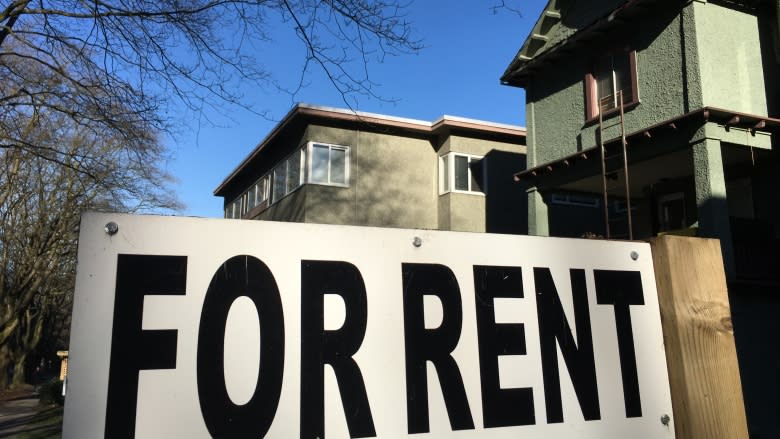For the second year in a row, the province’s Progressive Conservative government has made changes to its rental assistance program.
The latest change, which took effect on July 1, will exclude 150 households from the program and result in thousands of Manitoba residents receiving less monthly rental assistance.
The deductible under the Rent Assist program for low-income tenants of private housing who are not receiving social assistance has increased from 28 percent to 30 percent of their income.
This means they are now expected to spend 30 percent of their income on rent instead of 28 percent.
Reductions in the maximum monthly payment amount also apply to individuals who do not receive Employment and Income Assistance (EIA).
The change also lowers the income limit, so that around 150 households are excluded from the subsidy.
“We simply cannot lose that”
David McIntyre, a 48-year-old Winnipegger who earns $15,000 annually from his Canada Pension Plan plus Rent Assist disability pension, will lose an additional $10 each month – on top of the $28 cut to his pension last July, when changes were first made for eligible Manitoba residents not covered by the EIA.
McIntyre has been unable to work since he lost his sight in 2002. He says the people who decide to cut benefits don’t understand what a difference $38 can make for low-income people.
“If I shop properly, that’s two bags of groceries. That’s a couple of loads of laundry. That can buy me a couple of rides on Handi-Transit. … It has a big impact,” McIntyre said.
“I want (the provincial government) to understand that we cannot afford to lose $20, $30 or $40 a month. We simply cannot lose that.”
This is the second year in a row that the government has lowered the threshold. On July 1, 2017, it increased the income contribution from 25 percent to 28 percent.
The program is designed to pay the housing costs of Manitoba households receiving EIA benefits or low-income households.
According to government officials, about 32,000 Manitoba residents participate in the program and about 25,000 receive social assistance.
A spokesman for the Ministry of Family Affairs said the changes were necessary to ensure the sustainability of the program after the number of participating households increased by almost 3,000 compared to spring 2016.
“The number of clients affected and the amount of the reduction vary depending on income,” the spokesman said.
For those not on welfare, the average monthly cut will be about $4, he said.
Households currently receiving welfare will receive an increase in their monthly benefits. A single-person household will now be entitled to $576 per month, up from $563.
Michael Barkman, chair of Make Poverty History Manitoba, believes the government should not focus on reducing the number of benefit recipients, but on creating more affordable housing.
He calls on the government to return to the threshold set in 2016.
“Rent Assist is the solution we have right now because there is not enough social housing in the province, which is one of the most important interventions for people on low incomes or long-term disabilities,” he said.
“People are forced to move to the private housing market. That’s why the government is increasing spending on rental assistance.”
Correction: An earlier version of this story said the average monthly cut for those not on welfare was $30. In fact, it’s only about $4. (July 6, 2018, 1:04 p.m.)

